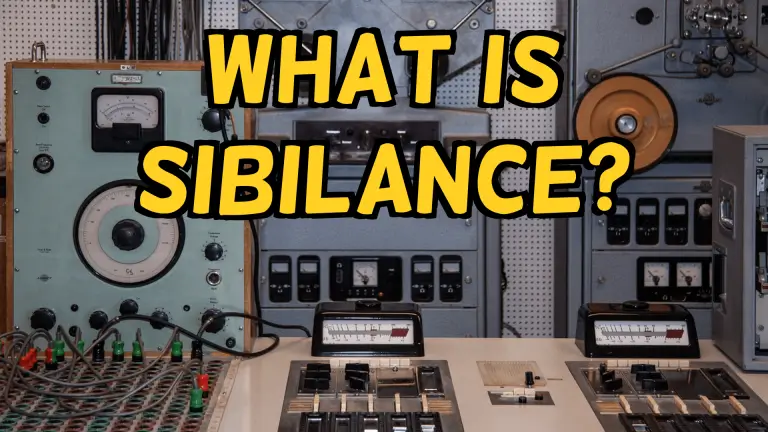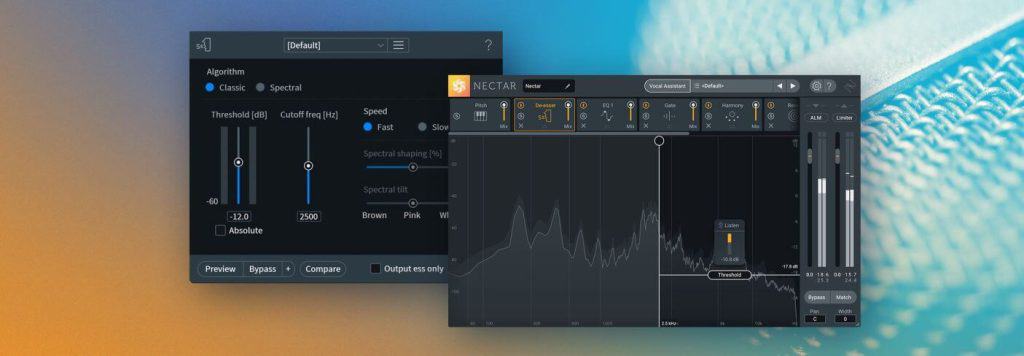Ever wondered about those sharp, jarring sounds that sometimes sneak into an otherwise smooth vocal performance? That’s sibilance, and in this article, we’ll delve into what it is in music and why it happens during a singer’s recording. We’ll also explore its negative impact on mixing and, most importantly, provide you with the top five methods to tackle sibilance in your music production.
Let’s dive in!
What exactly is sibilance in music?
Sibilance arises from the fricative sounds present in human speech, a fundamental element in languages worldwide.
These sibilant fricatives occur when streams of air interact with your teeth during the pronunciation of specific syllables.
In English, the ‘S’ and ‘F’ sounds frequently contribute to sibilance due to their significant energy in the frequency range where our ears are most sensitive. This is precisely why they play such a prominent role in speech.
However, when it comes to recording, excessive upper midrange presence can quickly become distracting.


